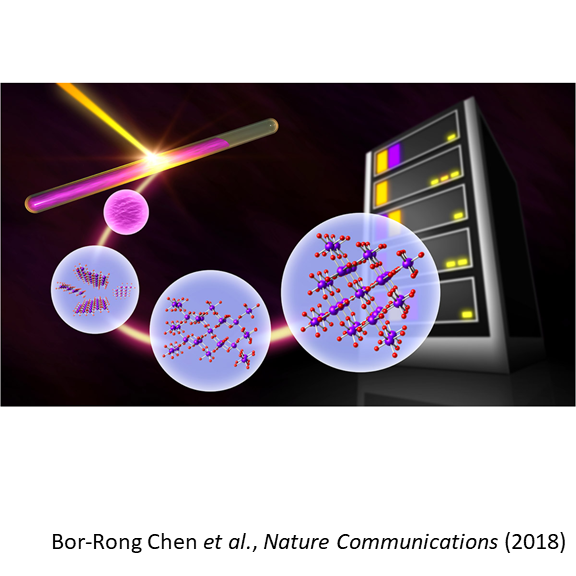
Understanding crystallization pathways leading to manganese oxide polymorph formation
Bor-Rong Chen, Wenhao Sun, Daniil A. Kitchaev, John S. Mangum, Vivek Thampy, Lauren M. Garten, David S. Ginley, Brian P. Gorman, Kevin H. Stone, Gerbrand Ceder, Michael F. Toney, Laura T. Schelhas
Nature Communications volume 9, Article number: 2553 (2018)
Hydrothermal synthesis is challenging in metal oxide systems with diverse polymorphism, as reaction products are often sensitive to subtle variations in synthesis parameters. This sensitivity is rooted in the non-equilibrium nature of low-temperature crystallization, where competition between different metastable phases can lead to complex multistage crystallization pathways. Here, we propose an ab initio framework to predict how particle size and solution composition influence polymorph stability during nucleation and growth. We validate this framework using in situ X-ray scattering, by monitoring how the hydrothermal synthesis of MnO2 proceeds through different crystallization pathways under varying solution potassium ion concentrations ([K+] = 0, 0.2, and 0.33 M). We find that our computed size-dependent phase diagrams qualitatively capture which metastable polymorphs appear, the order of their appearance, and their relative lifetimes. Our combined computational and experimental approach offers a rational and systematic paradigm for the aqueous synthesis of target metal oxides.